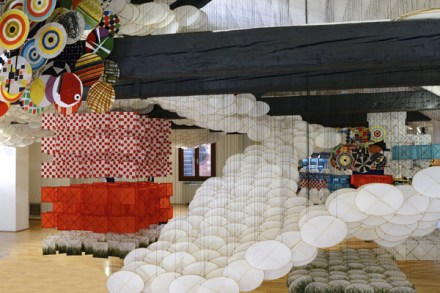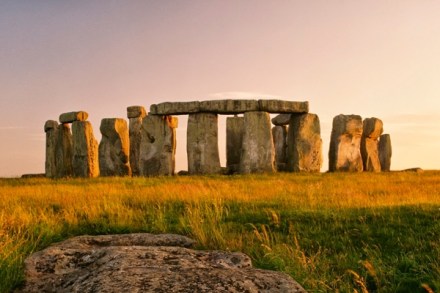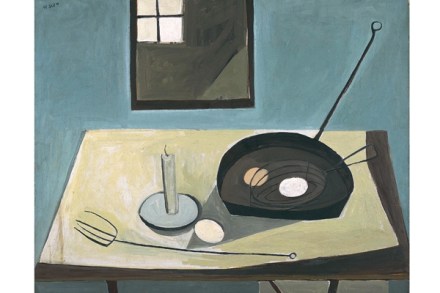Opera review: Crying with the heroine in WNO’s Lohengrin
In Act II of Lohengrin, after the villainess Ortrud has interrupted the procession to the Minster, and sown the seeds of doubt in Elsa’s mind about the provenance of her rescuer, Lohengrin himself appears and comforts Elsa, saying, ‘Come! Let your tears of sorrow become ones of joy.’ That is followed by a solemn quiet passage, only 11 bars long, and unrelated to anything we have heard before or will hear subsequently, but of such grave beauty that it makes you, too, cry. This kind of pathos and nobility permeate Lohengrin, and though each of Wagner’s dramas has its own feel and colour, those of this opera are so wonderful














